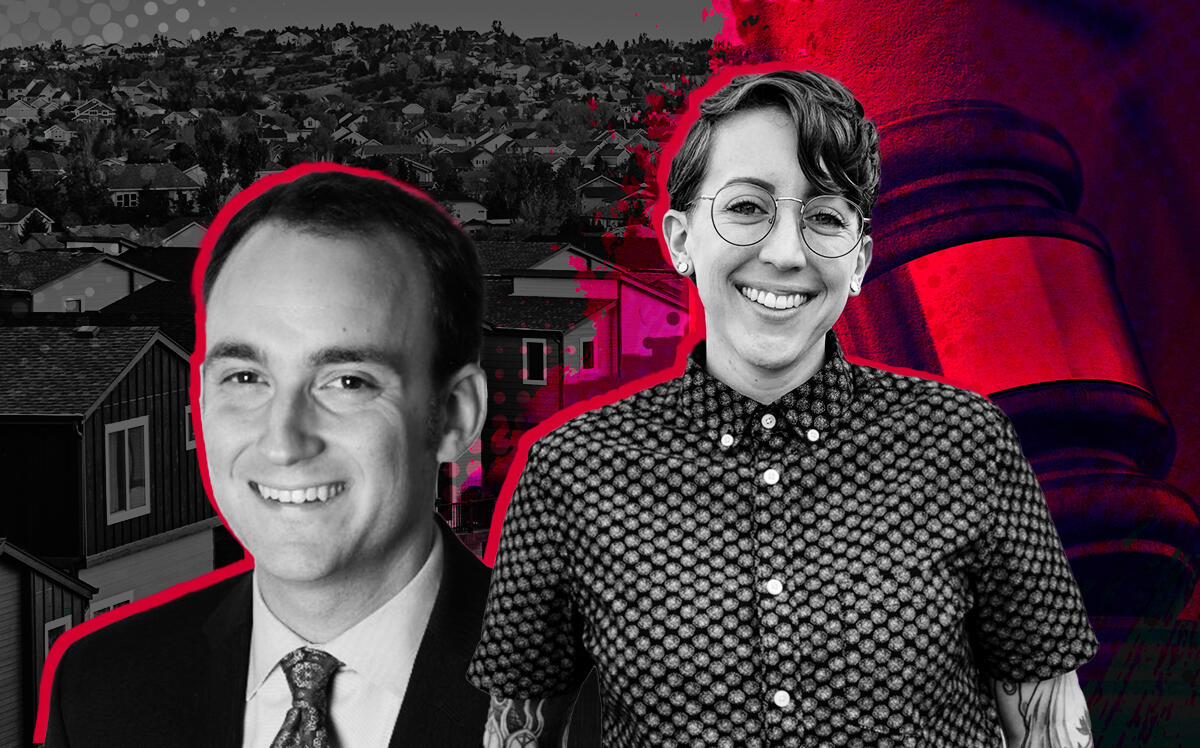For Bay Area cities, erecting 441,000 homes by 2031 may be a tall order.
As of this week, just 38 of the region’s 109 cities and counties had submitted adopted plans to build thousands of new homes required by the state, the San Jose Mercury News reported. The deadline was Jan. 31.
Only four of those housing element plans — from San Francisco, Emeryville, San Leandro and the city of Alameda — had received final approval.
Yet many experts and officials say building more homes is the only way to meet the region’s increasingly dire housing needs for people of all incomes.
In the next eight years, state regulators require that the Bay Area add more than 441,000 new homes — a 15-percent increase in the region’s housing stock.
“The homelessness crisis that’s confronting many people is the clearest evidence of the fact that there’s a shortage of housing,” said Daniel Saver, an assistant director with the Association of Bay Area Governments, a regional agency that helps set local housing goals.
Every eight years since 1969, California has required cities and counties to submit detailed plans for how they would accommodate a specific number of homes across a range of affordability levels.
But during recent housing cycles, most local governments haven’t come close to hitting their low- and middle-income homebuilding targets. Meanwhile, rents and home prices in the Bay Area have exploded, stoked by the region’s rapidly growing economy and a flood of new high-paying jobs.
To reverse that trend, state officials and housing advocates say they intend to hold cities and counties accountable for their new home building goals. And local governments are already feeling the repercussions.
State regulators set the Bay Area’s homebuilding target of 441,000 new units based on a complicated formula meant to determine how much more housing is needed for the region’s current and future population.
The Association of Bay Area Governments then divvied up that number among local cities and counties.
Ahead of the current housing cycle, which started Feb. 1, state lawmakers passed legislation that doubled the Bay Area’s total goal compared to the previous eight years. The increase was required to account for the number of people living in overcrowded homes, which experts agree has been exacerbated by a severe shortage of affordably priced housing.
That, in turn, has boosted how many homes most local governments must prepare for in housing plans dubbed “housing elements.”
The bulk of the new homes are set for the region’s population centers near jobs and transportation — including in San Jose, Oakland and San Francisco. But suburban and rural areas also must plan for more housing.
The state has launched new housing enforcement teams, and is threatening fines, withholding affordable housing funding and the loss of permitting authority for local governments that skirt their housing responsibilities.
Housing advocates have also sued 11 local cities and Santa Clara County for failing to submit adopted housing element plans to the state by the Jan. 31 deadline.
One of the goals of the lawsuits is to ensure those jurisdictions are subject to the so-called “builder’s remedy” — a provision in a 1990 state housing law that could enable developers to override local zoning rules and push through projects of virtually any size in areas without a state-approved housing plan. The remedy, first utilized in Southern California, hasn’t been tested in court.
The Bay Area must plan for more than 180,000 affordable homes for people with low or very-low incomes. That comes to 41 percent of the region’s total goal. In Santa Clara County, for example, a low income is defined as less than $101,100 a year for a family of four. A very-low income is less than $84,250 for a family of the same size.
Experts and advocates have long maintained cities must reform the often years-long planning and approval process for new housing, which can add crushing costs to affordable and market-rate homes. They also want to see local zoning rules relaxed to allow denser housing in more areas.
Also, advocates and officials are working toward bringing an unprecedented Bay Area affordable housing bond worth up to $20 billion before voters in 2024.
— Dana Bartholomew
Read more



